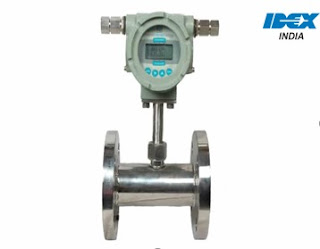Understanding Digital Control Valves and Their Uses

Understanding Digital Control Valves and Their Uses Did you know digital control valves cut process variability by 80%? Industrial processes need precise control. Efficiency, safety, and reliability depend on it. Digital control valves are key components. These valves regulate liquids, gases, and slurries. They convert electrical signals into valve positions. This ensures unmatched precision and flow control. This blog explores digital control valves . It covers types, uses, benefits, and selection factors. Understanding these valves helps industries boost efficiency and optimize operations. What Are Digital Control Valves? Digital control valves regulate fluid flow. They adjust valve positions using electrical signals. Control systems generate these signals based on pressure, temperature, and flow rate. These valves convert electrical input into mechanical motion. This ensures precise fluid control. Their mechanism includes three key parts. The actuator moves interna...

